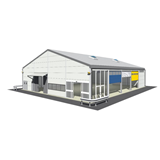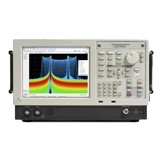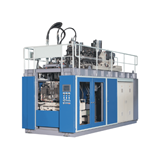In an address today to the Food Security from Sustainable Agriculture conference in Christchurch, New Zealand, Dr Robertson said a sizable gap still exists between what farmers in both countries are producing and what is potentially possible.
“In most cases, agriculture in Australia and New Zealand has maintained consistent growth in production per hectare, per animal and per labour unit over the last 30 years across a range of industries from wheat to dairy,” Dr Robertson said.
“Much of this growth has resulted from increased use of inputs, such as fertiliser, fuel, feed, land and labour."
“For example, productivity growth in New Zealand’s dairy industry has been almost completely due to higher levels of inputs."
“In contrast, maintaining growth in coming years will depend on more efficient use of inputs."
“As researchers we now have a vital role in generating new technologies to meet the input use efficiency challenge and close the yield gap. Extension and adoption programs that take these new technologies onto farms will be crucial.”
Dr Robertson said the use of inputs in agriculture is constrained by many factors including: rising costs of key inputs like chemicals, land and labour; concerns about pollution; lack of land for expansion; decline in R&D investment into agriculture in Australia and New Zealand; increasing financial risks and climate change.
Over the past 30 years, research to generate new technologies has been important in securing productivity growth, along with changes in business systems, increases in scale (such as farm, herd and flock sizes), better marketing leading to higher prices, and mechanisation replacing manual labour.
“The next 30 years will still see a revolution in the ways farmers collect and interpret information about what is happening on their farms and how they communicate with each other and with other key sectors of the industry, leading to new ways of improving production and continuing growth for our agriculture industries,” Dr Robertson said.














